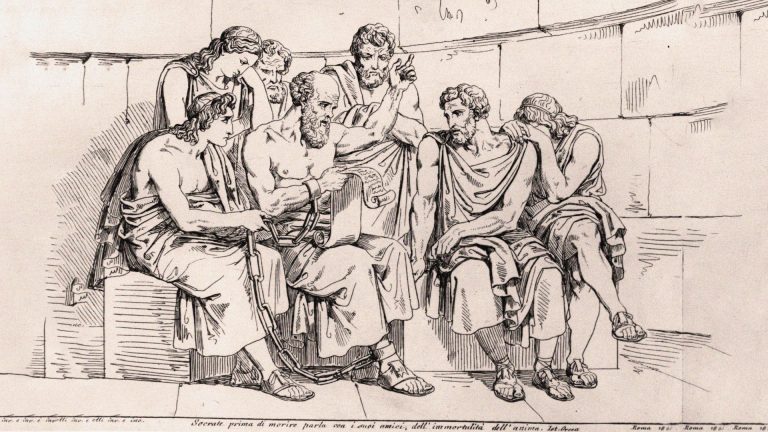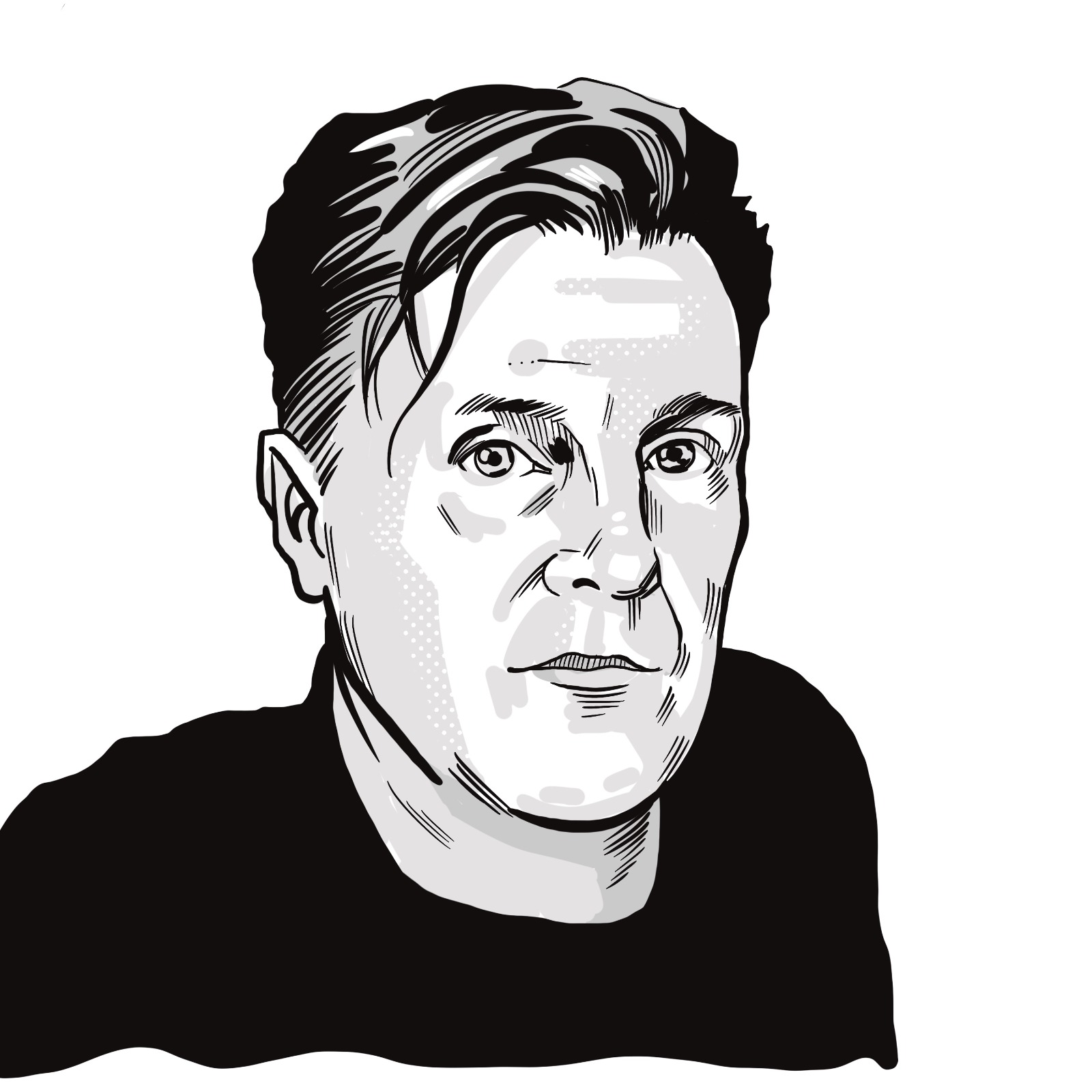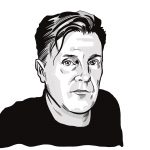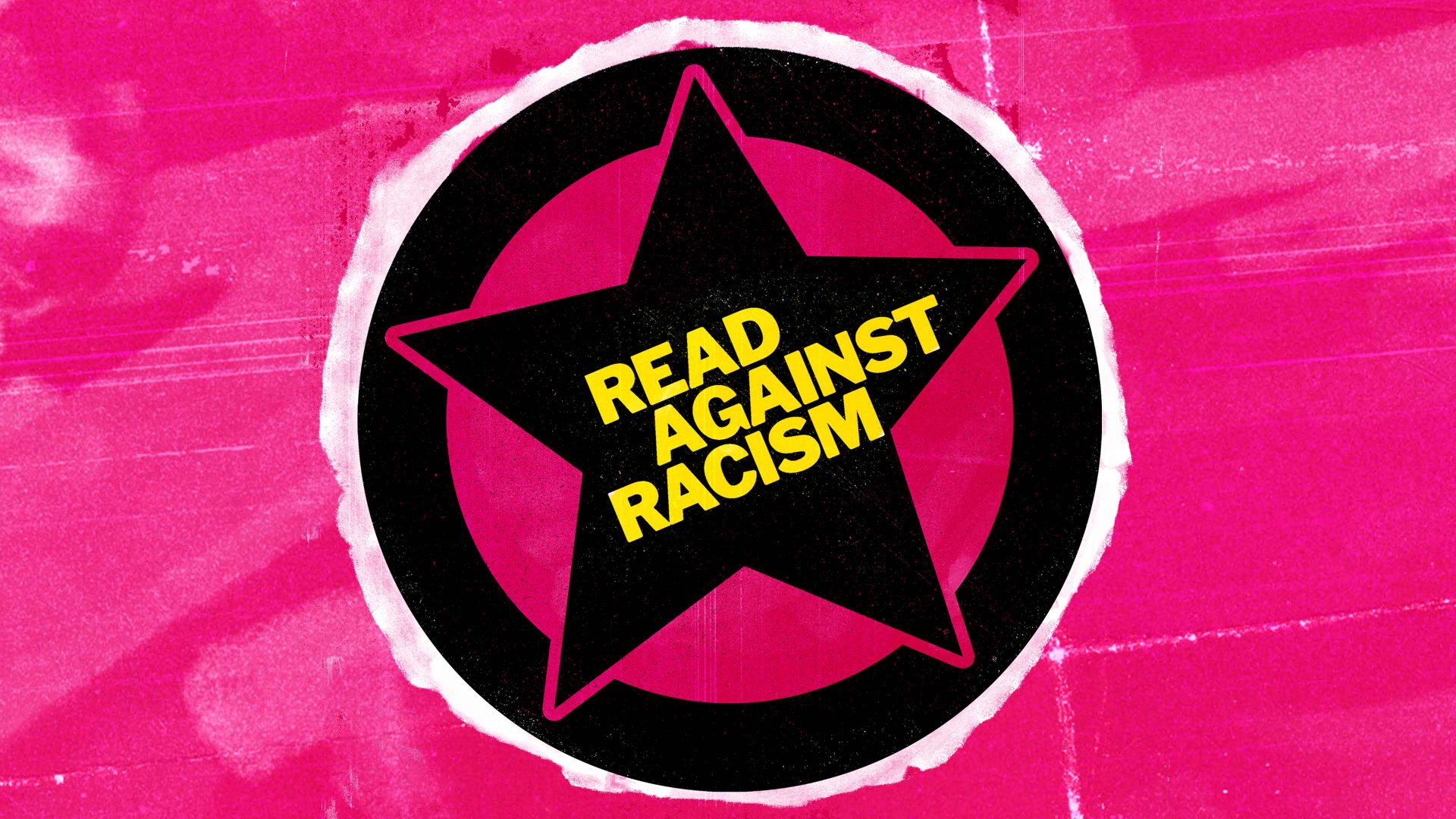The philosopher David Chalmers coined the name “the hard problem of consciousness” in 1995 to label the difficulty of explaining how combinations of neurons firing in a living organism could give rise to subjective experience; how it is that electro-chemical activity produces feelings of pain when you stub your toe, or the experience of reddish maroon when looking at a Rothko painting. Your toe really hurts, and you see the colour in the painting.
There’s something about having these experiences, but precisely how a living, flesh-and-blood body gives rise to first-person experience is one of the great mysteries of existence.
The Hard Problem has puzzled philosophers for a long time. Significant advances in neuroscience in recent decades haven’t solved it. Some so-called Mysterians doubt whether it will ever be solved: they think there’s a built-in limit to human comprehension that will forever place this kind of self-knowledge beyond our intellectual grasp.
An ancient way of thinking about consciousness that seems to dissolve the Hard Problem is gaining almost cultish popularity. Philip Pullman has been influenced by it in the His Dark Materials and The Book of Dust trilogies, including in his just-published The Rose Field. The theory is panpsychism, the view that all matter has some level of consciousness.
Pullman describes a substance he calls ‘Dust’. It consists of elementary particles from which consciousness emerges, and which are themselves conscious. This is very close to what philosophical defenders of panpsychism, such as Galen Strawson and Philip Goff believe. They pay homage to two eminent 20th-century panpsychists, Bertrand Russell and the scientist Arthur Eddington.
Panpsychism allegedly removes the Hard Problem altogether. There is no problem about consciousness emerging from non-conscious matter if you believe matter is itself minimally conscious. Higher levels of consciousness are supposedly achieved by slightly conscious matter combining in complex ways.
According to panpsychists, this is the best solution we have to the Hard Problem, so we should adopt it. They don’t exactly believe that your desk is having thoughts, but they sort of do. They talk about a very basic level of experience that all physical objects have.
Critics of the Strawson-Goff hypothesis think imaginative fiction is probably the best place to explore such an extravagant theory. There are many aspects of Philip Pullman’s novels which are fantastical, and this is probably just one more of these. Novelists have no obligation to attempt an accurate picture of how things are; philosophers perhaps do.
Panpsychism has something of the woo factor, and appeals to those who tend towards animism and some forms of religion and New Age spirituality. It’s fun to entertain the possibility of panpsychism for an hour or two, to believe that all the physical things around you have some level of experience. But that doesn’t make it an accurate account of reality.
Suggested Reading


Why the world needs debate
We have no good reason to resort to such a fanciful worldview, no matter how entertaining it might be to explore it. The fact that neuroscientists and philosophers have yet to come up with a convincing explanation of how experience arises from combinations of non-conscious matter doesn’t demonstrate that they never will.
These are early days for consciousness studies. We don’t need a radically new theory about the nature of matter yet. Let’s give philosophers and scientists a run at this before we opt for a complete revision of how we understand the universe.
There’s a further problem too. Panpsychism might seem to dissolve the Hard Problem, but it just introduces a new variant of it. How is it that conscious molecules in combination give rise to complex thoughts in a human being?
Panpsychists don’t believe that individual molecules have thoughts that are comparable to the thoughts I’m having now as I write this. There’s still an immense explanatory gap to be traversed.
The very basic consciousness that a molecule has, according to the panpsychists, (and if you have difficulty imagining what that would be like, you are not alone) is completely different from a thought about the beauty of a tree in autumn, or the experience of listening to a Bach Chaconne. Declaring that basic consciousness is a property that matter already has doesn’t answer the new Hard Problem for panpsychists, which is this: how do minimally conscious bits of matter combine to produce a rich human consciousness?
Without an answer to that, panpsychism is very far from the neat solution to the problem of consciousness that it’s cracked up to be.




